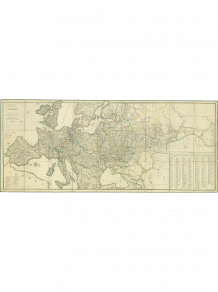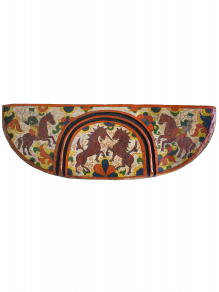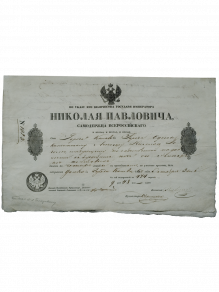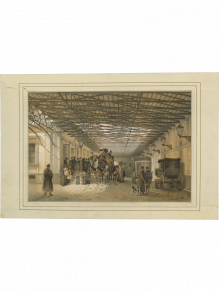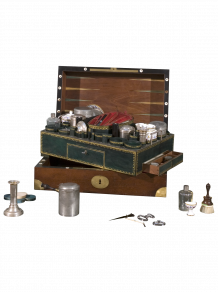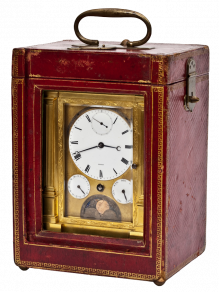The roads of Russia
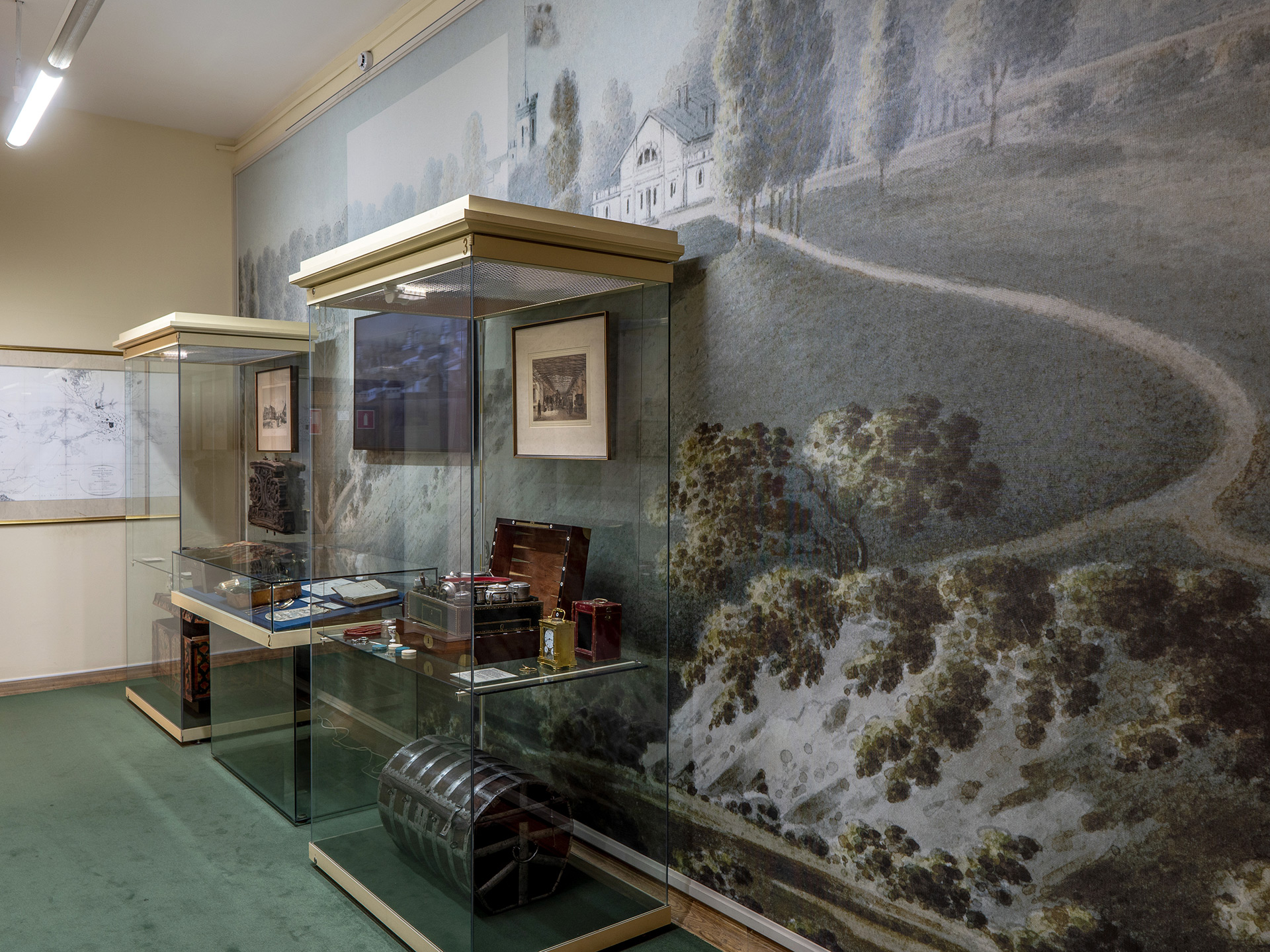
By the middle of the nineteenth century the Russian Empire spanned over most of Eastern Europe, Finland, Siberia and Alaska. The total area of Russia was 18 million square kilometres with a population of 70 million people.
Before rail-roads were put in operation the main means of land transportation was by animal-drawn transport: carts, carriages, wagons and sleighs. Horses in use were either people-owned or state-owned referred to as "post office" or "shift". The number of horses depended on the rank of the passenger. The traveler would be issued with “Podorozhnaya” (a travel permit) – a document with the name, route, rank of the traveler. The “Podorozhnaya” would be registered at the outposts, and data on those who left and/or entered the capital cities would be published in the Newspapers.
No trip was possible without the indispensable chests, “pogrebetz” (travel necessities box) and baskets that served for packing clothing, household items, books and foods. “Pogrebetz” – was a traditional and the most common type of road chests, a distinctive feature of which were the internal partitions and cells for dishes, bottles and food products. "Russian pogrebez deserves our respect, – wrote V.A.Sologub in the story "the Carriage", – it contains tea-pot… next to it its neighbor a glass carafe with tea, another one like it with rum, two cups, milk jug and small accessories tea pleasure."
